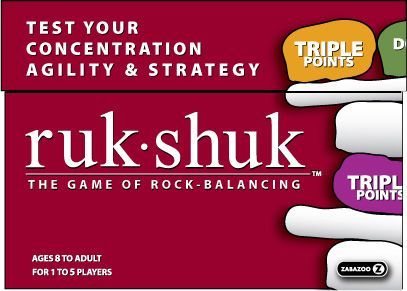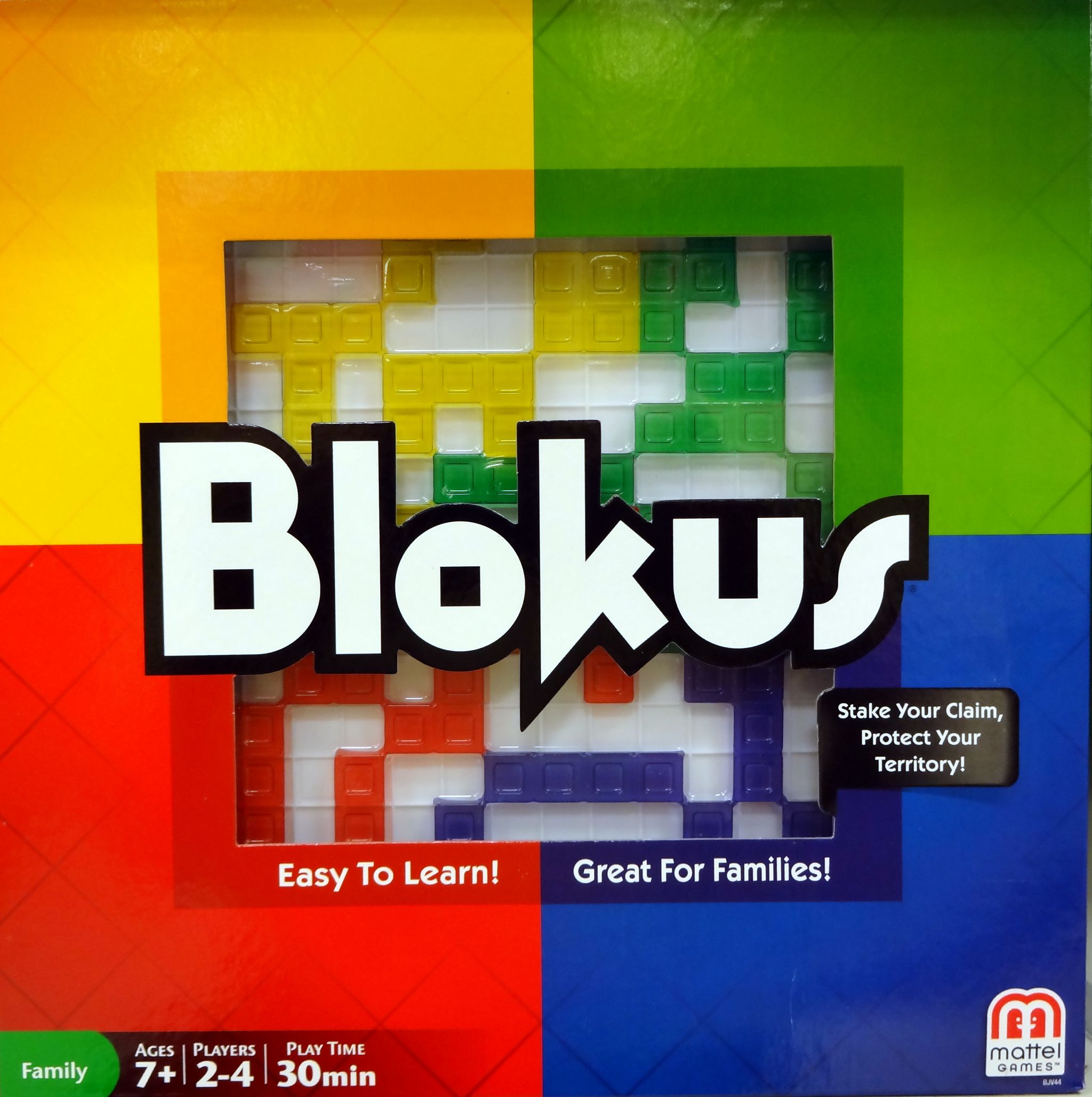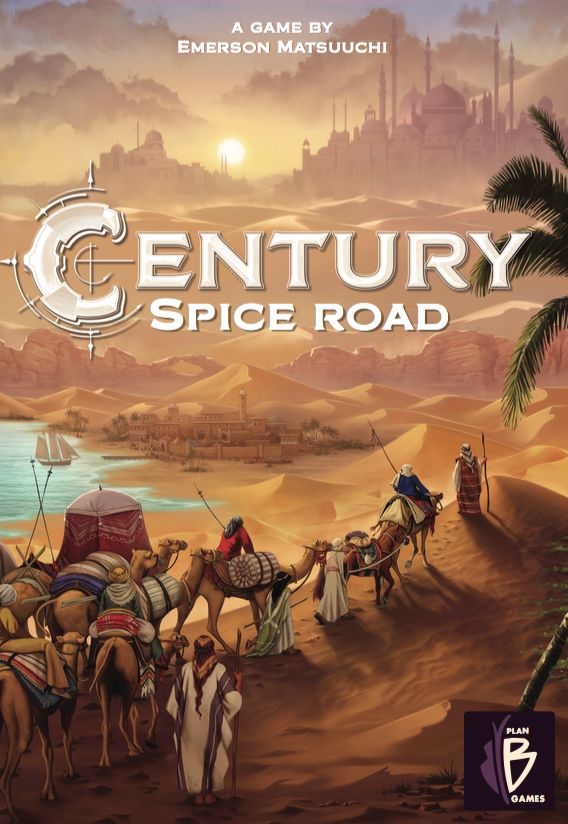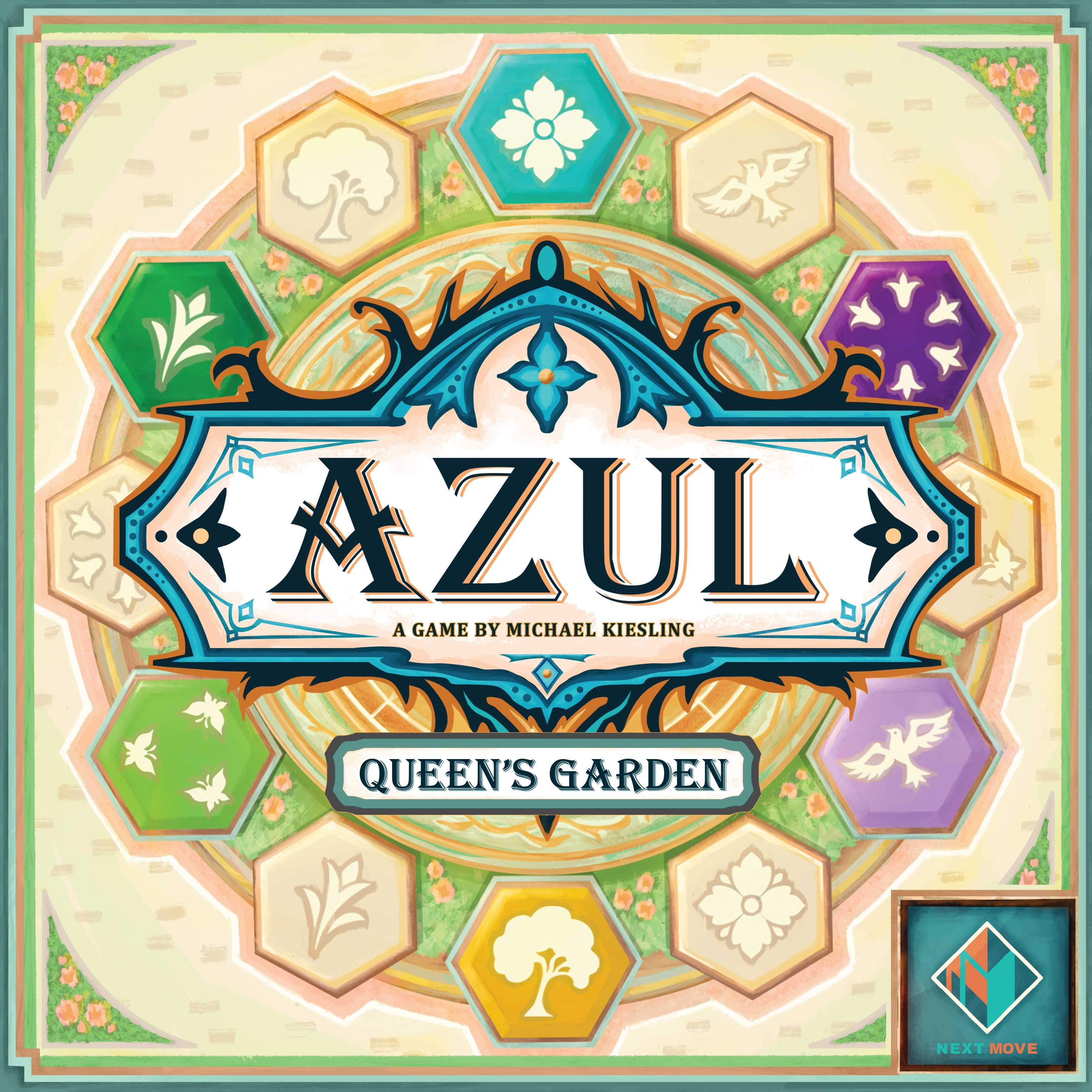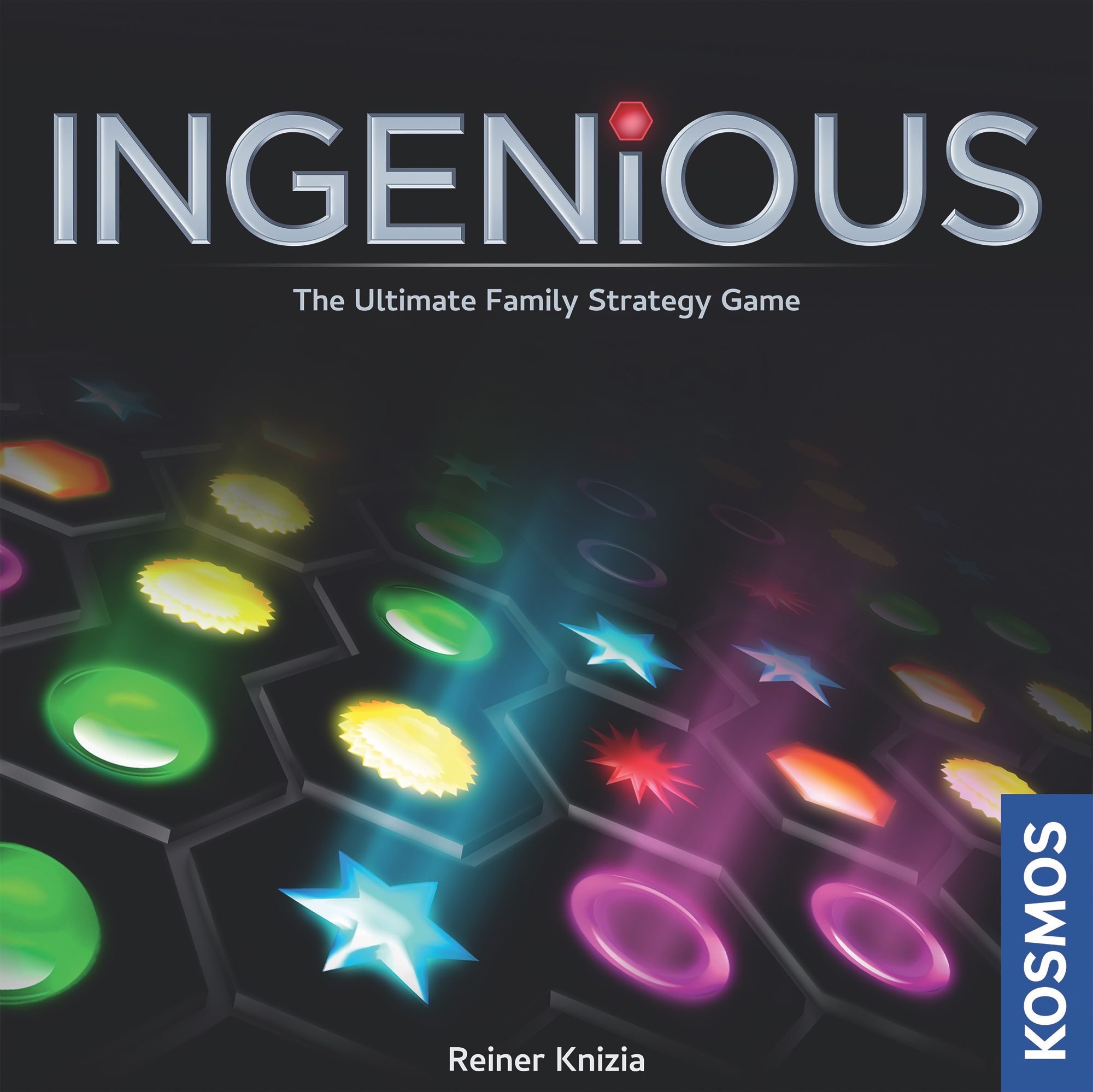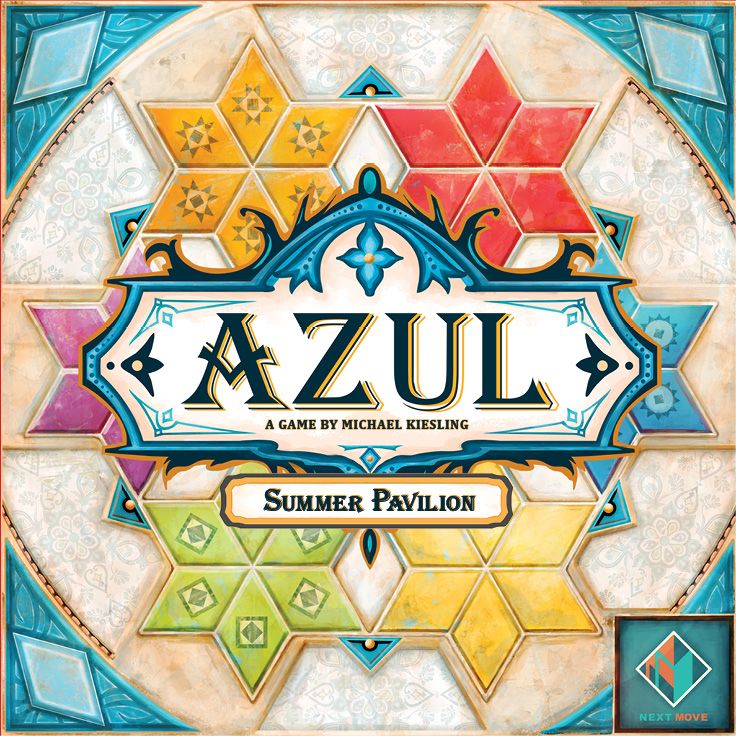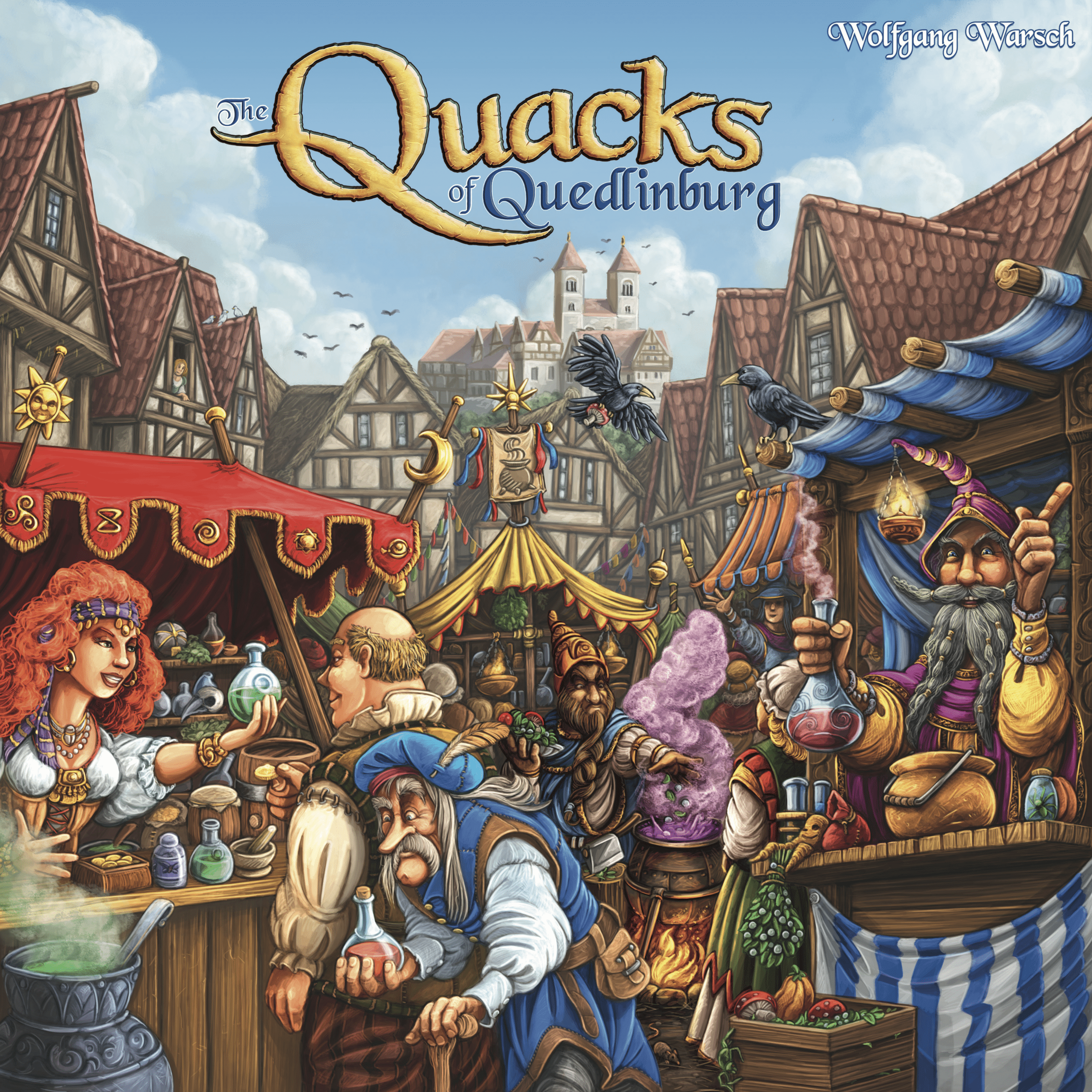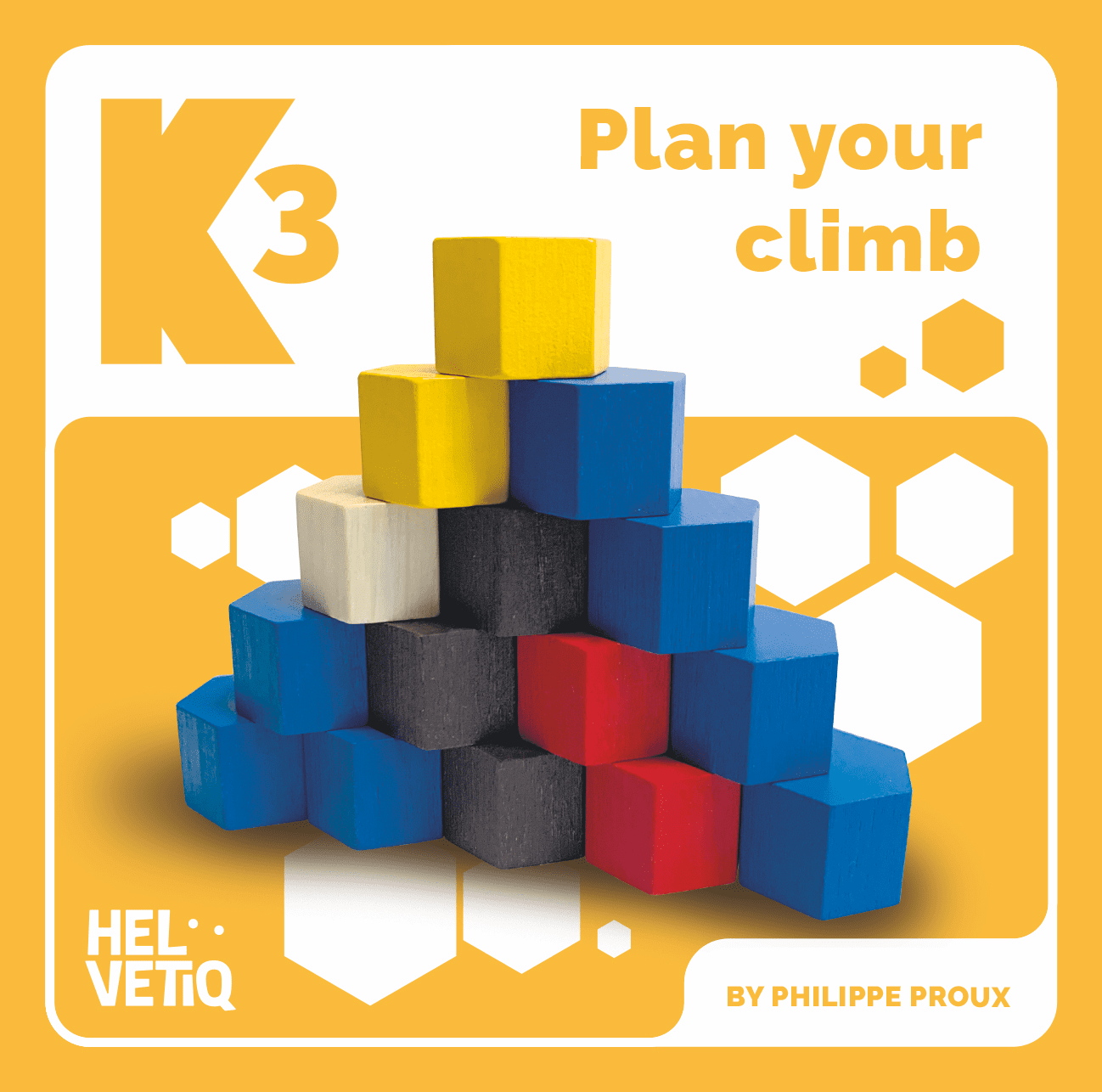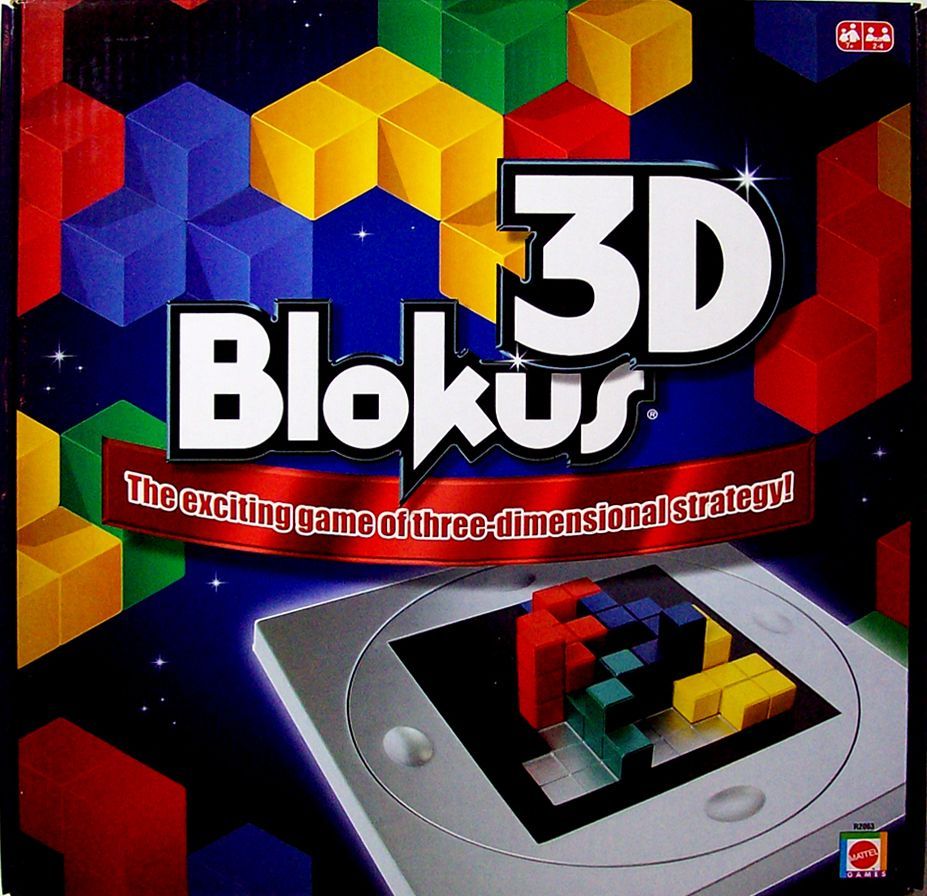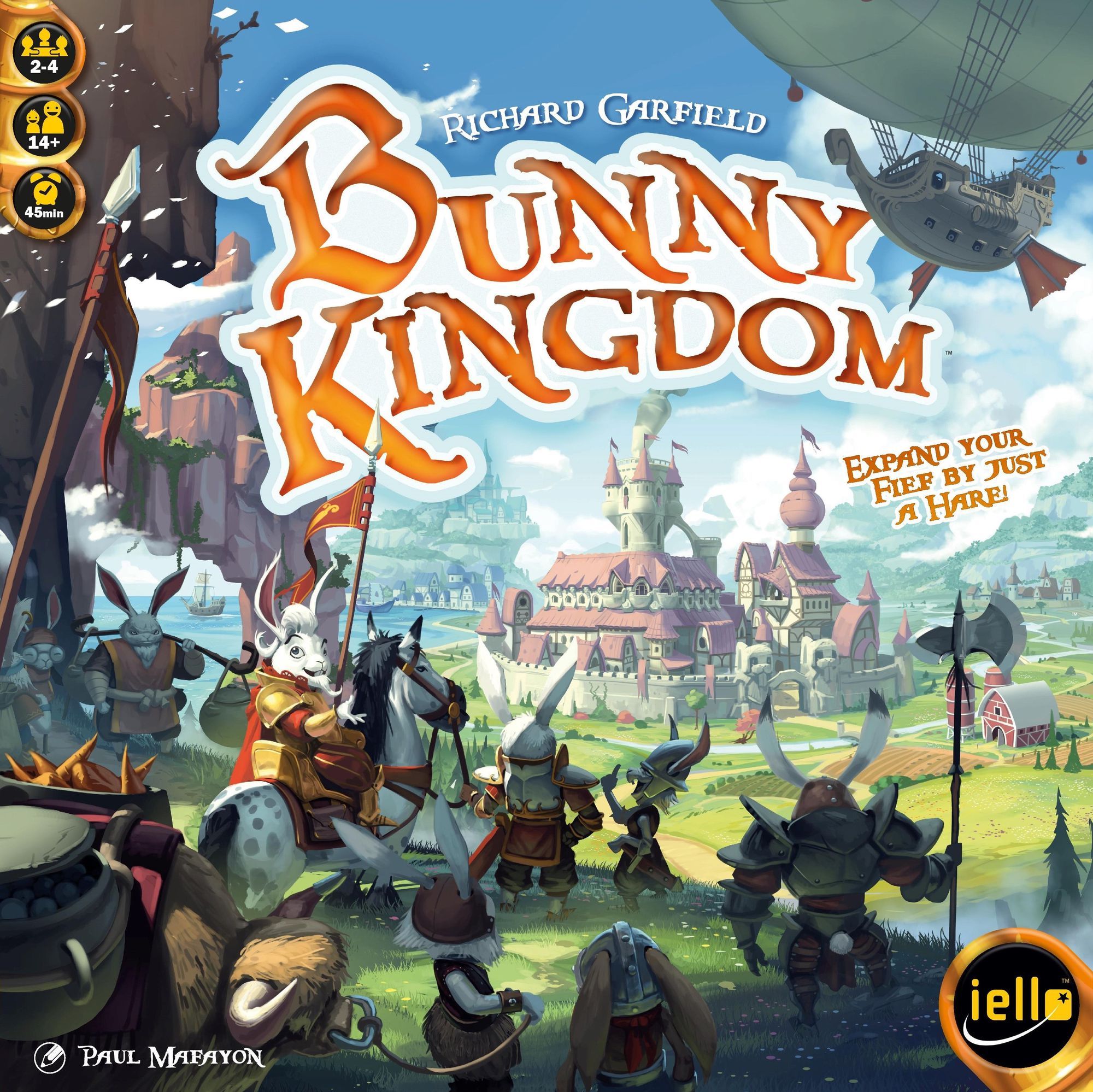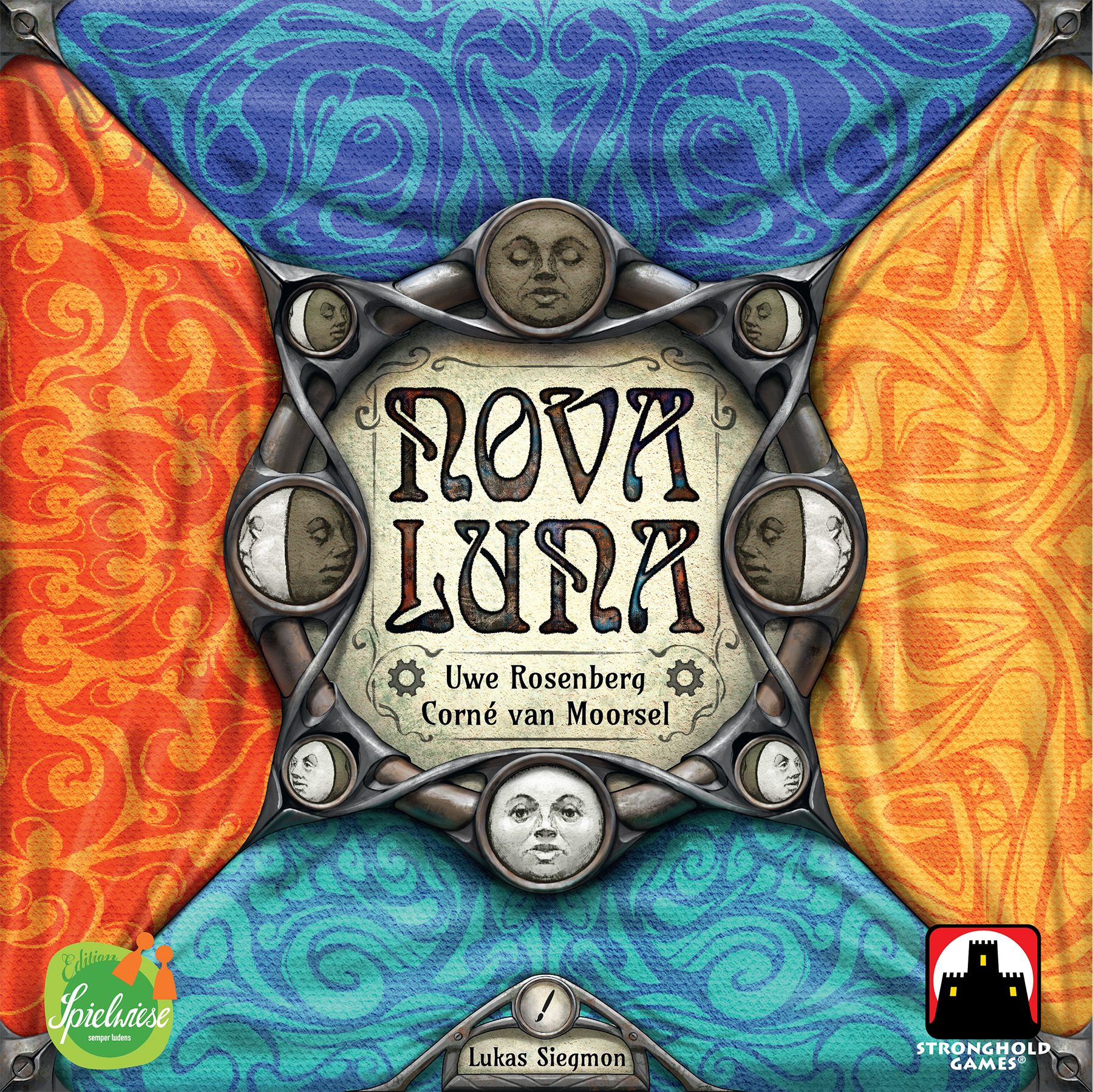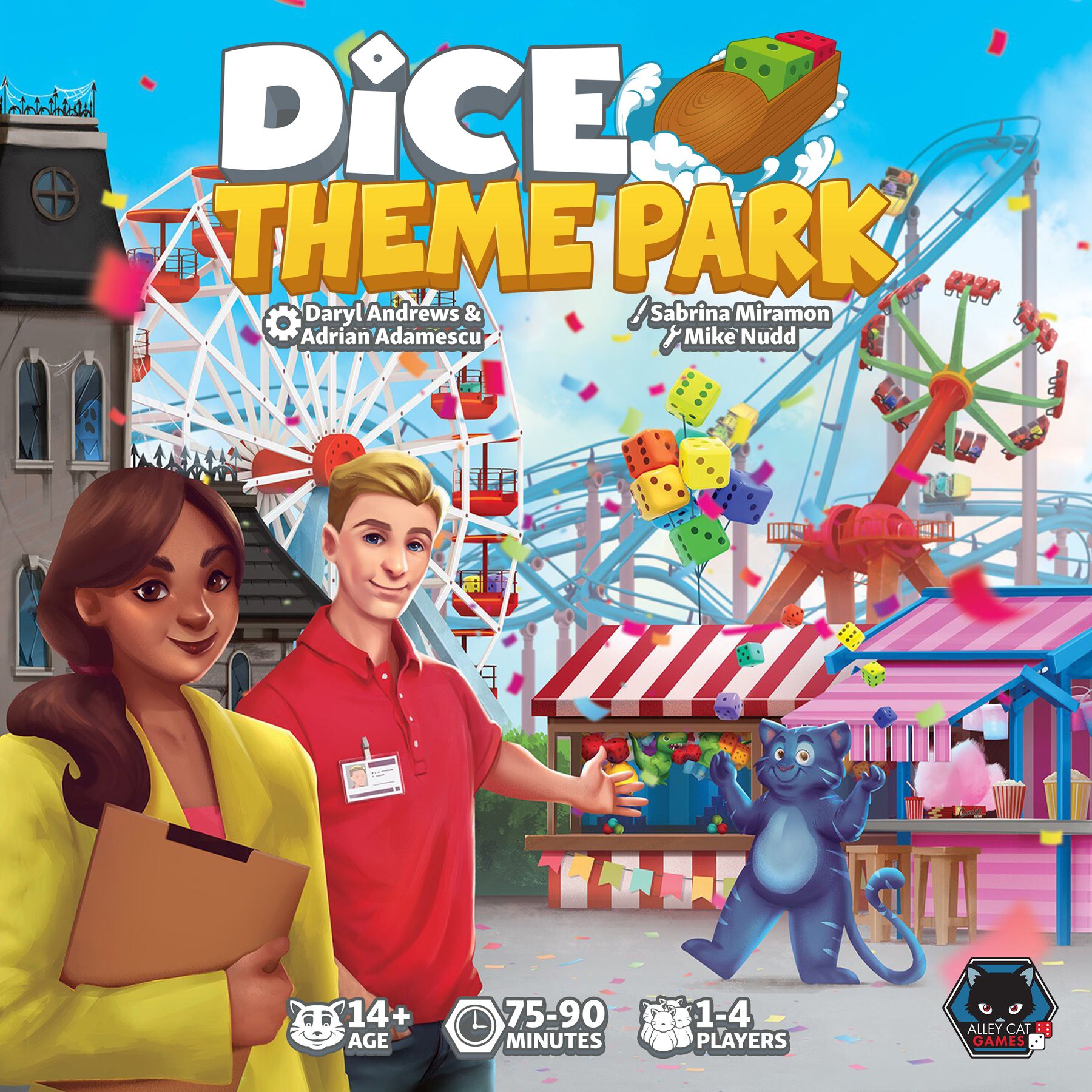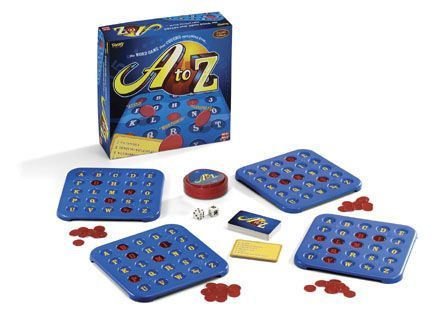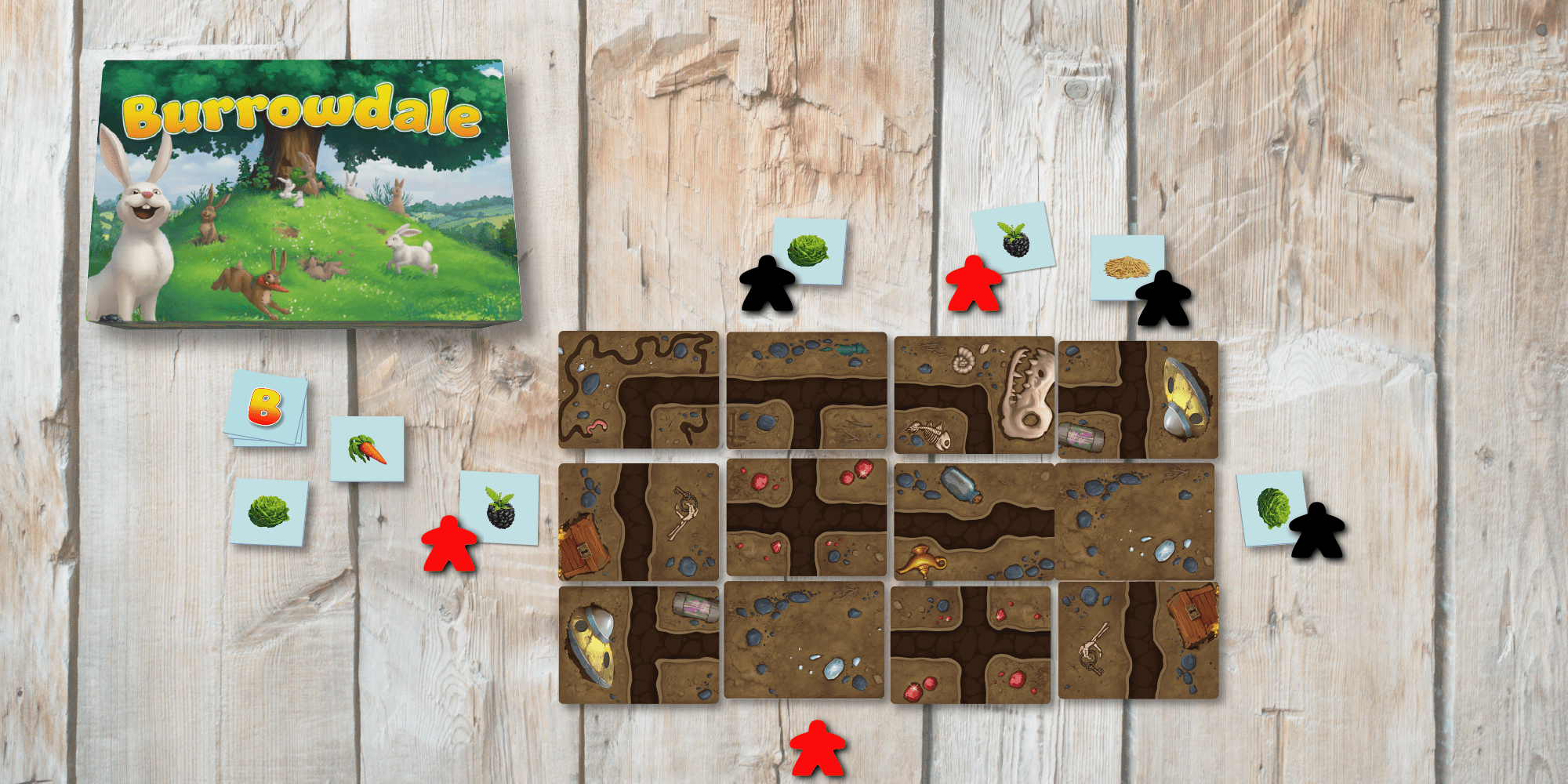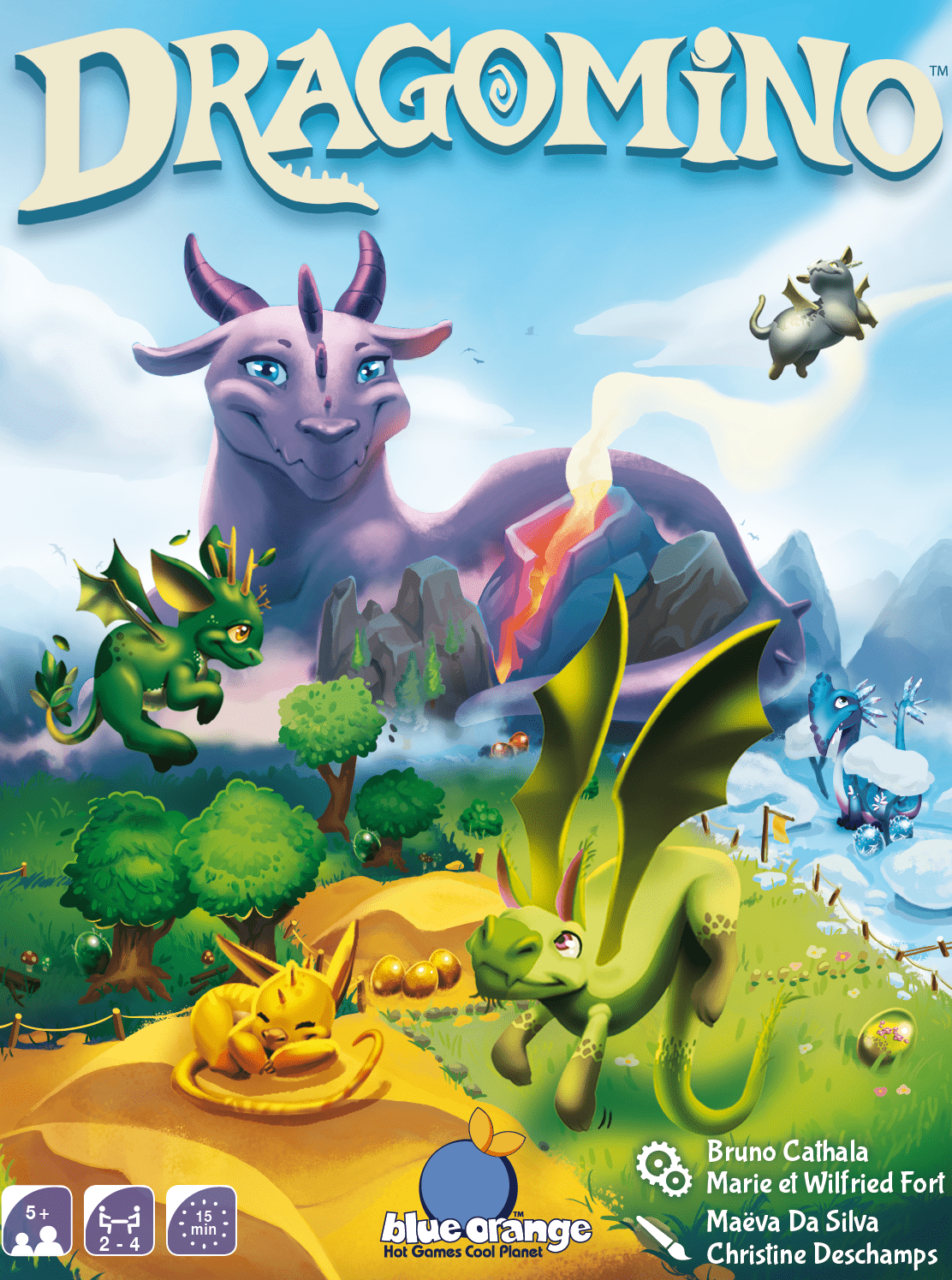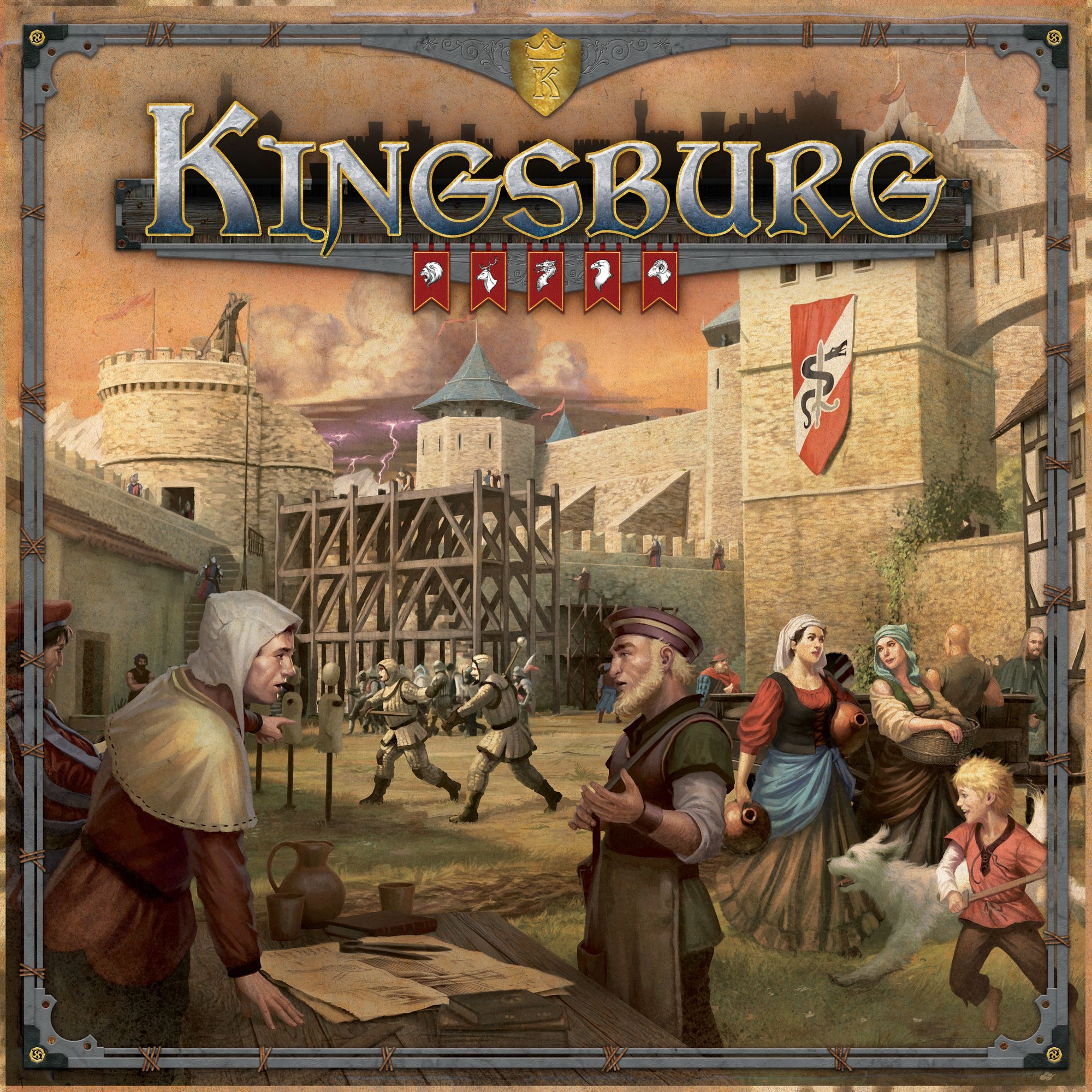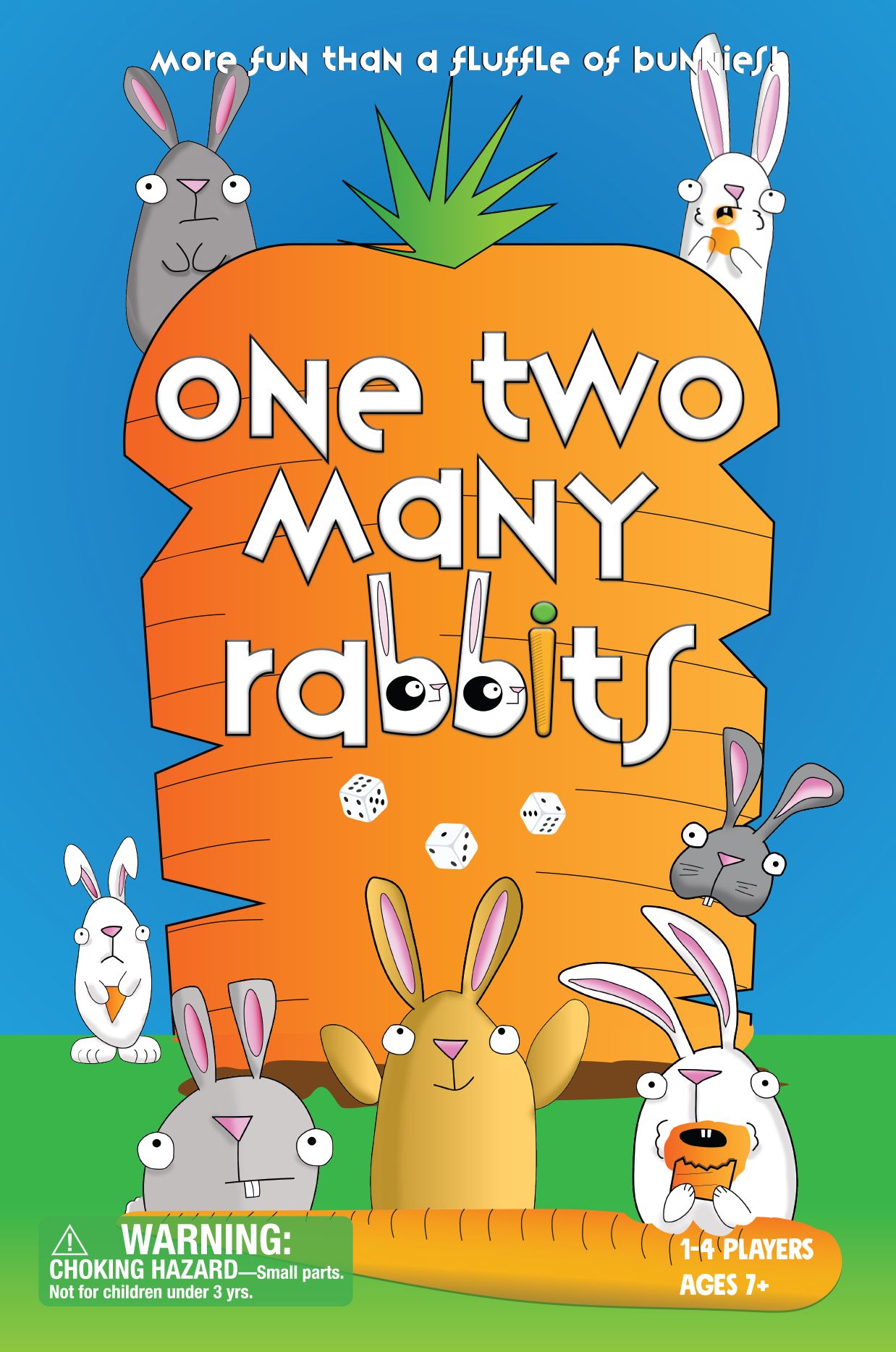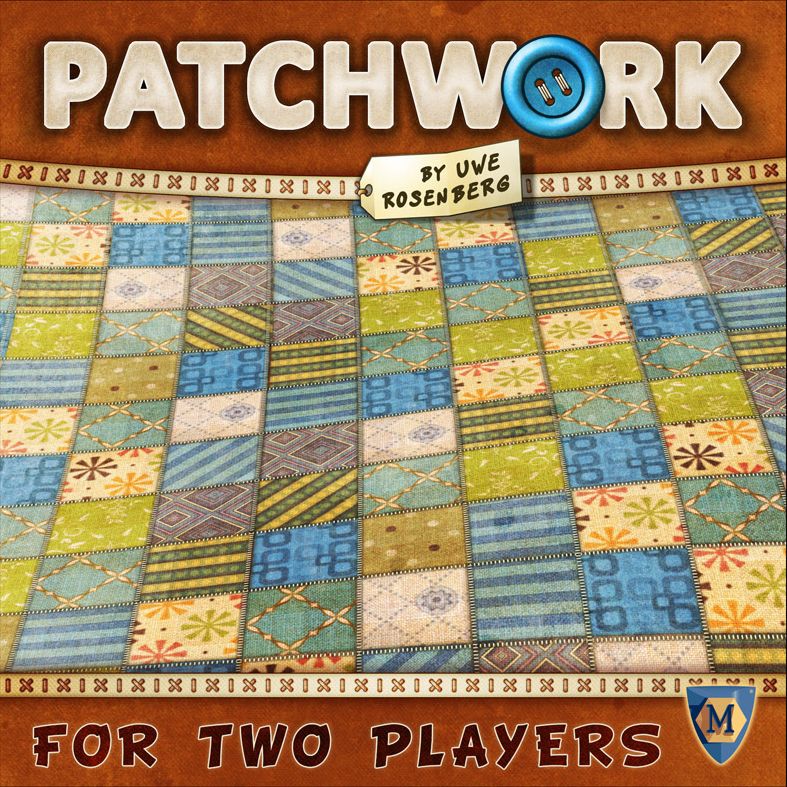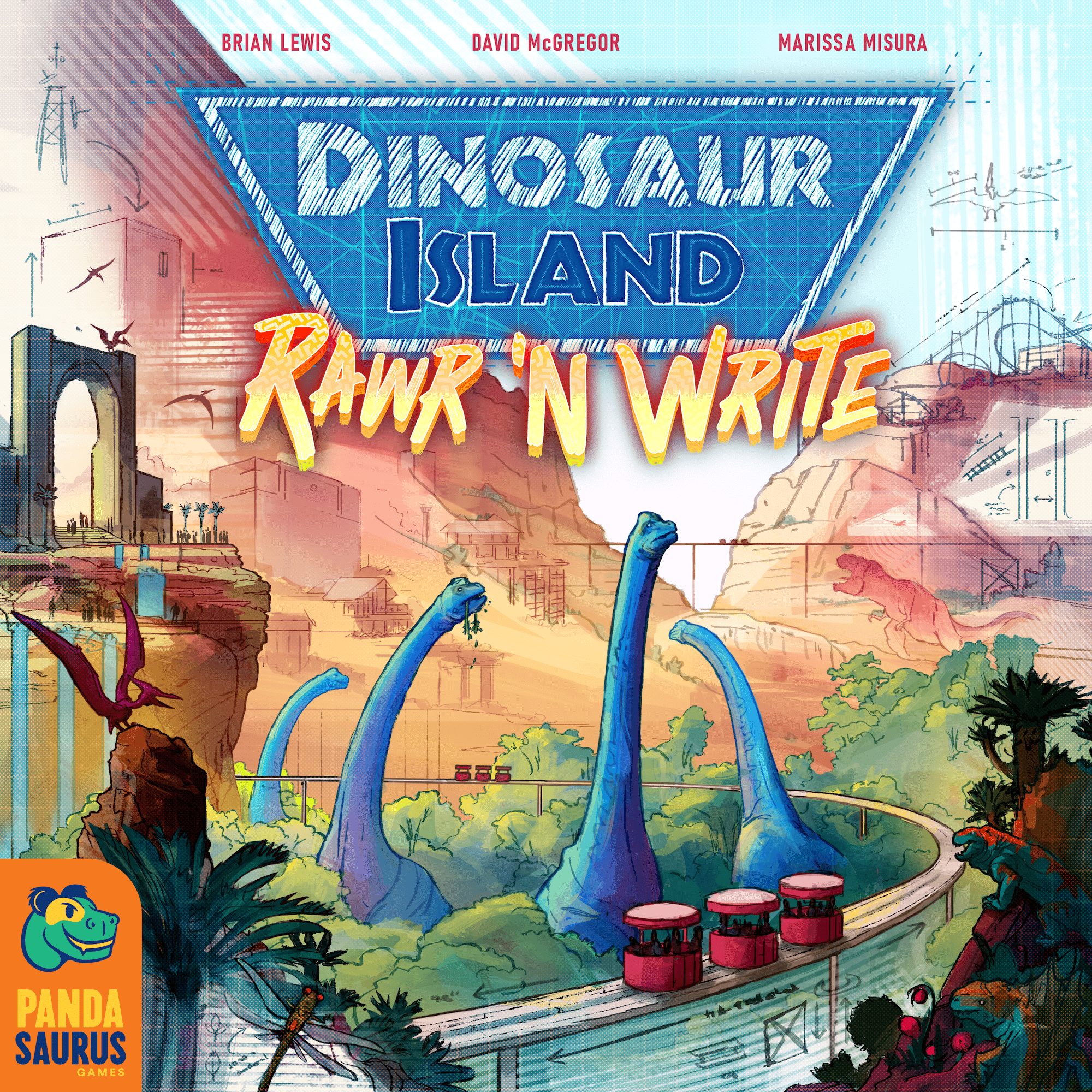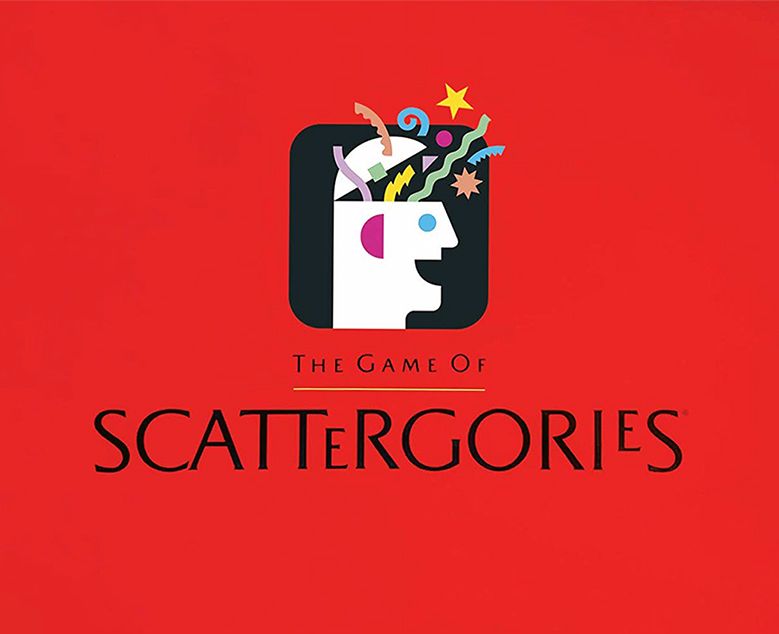Rukshuk BGG
other title:
Ruk-Shuk
genre:
Action / Dexterity
/
Party Game
platform:
Boardgame
publisher:
Zabazoo Corporation
Players race against the clock to build different Rukshuk rock formations and score as many points as they can.
Game cards reveal different Rukshuk formations, bonus points and rules.
Skill, luck and strategy determine who scores the most points and wins!
How to play:
Each player selects seven game rocks from the pouch.
Game rocks are worth different points based on their ‘stack-ability’.
Players score regular and bonus points by using the rocks to build all or part of the Rukshuk formation shown on the game card in 60 seconds or less.
If a player’s Rukshuk formation topples before time expires, he must quickly rebuild it.
When time runs out, players use the score pad to tally the points from their formations.
Once scores are counted the players select new rocks, turn over the next card and build a new Rukshuk
Re-implemented by:
Rukshuk: Edition 2
Game cards reveal different Rukshuk formations, bonus points and rules.
Skill, luck and strategy determine who scores the most points and wins!
How to play:
Each player selects seven game rocks from the pouch.
Game rocks are worth different points based on their ‘stack-ability’.
Players score regular and bonus points by using the rocks to build all or part of the Rukshuk formation shown on the game card in 60 seconds or less.
If a player’s Rukshuk formation topples before time expires, he must quickly rebuild it.
When time runs out, players use the score pad to tally the points from their formations.
Once scores are counted the players select new rocks, turn over the next card and build a new Rukshuk
Re-implemented by:
Rukshuk: Edition 2
